I have always had a strong fascination with the Native American culture. My first cross-country road trip was at four years old when Dad bought the new Chevy Impala with the bat-wing fins on the back, loaded up the family and took of to explore Route 66. I spent most of the trip glued to the window looking for teepees or “Indians” on horseback on the horizon. One of my earliest childhood memories was stopping along the roadside at an “Indian Village” to watch as they performed a ceremonial dance wearing fringed, beaded leather buckskin clothing and elaborate feather headdresses. I was mesmerized.

Here the San Juan River meanders 6 miles to go 1.5 miles as the crow flies. (Note third leg of “meander” on far left.)
As a child, my cherished possessions were a small, tan-skinned, beaded Indian Princess doll, (thankfully more authentic than “Navajo Barbie!”) and my own feather headdress, part of a Halloween costume worn with my new suede saddle oxfords. The Indian regalia was a fascination that still has not waned until this day.

Iconic shot along Hwy 163 at mile marker 13, leading into Monument Valley, made famous in the movies “Thelma and Louise” and “Forest Gump.”

It was at this point where Forest Gump ended his 3 year run, exclaiming he was tired now. “And just like that? My runnin’ dayz wuz ovah. I went home tuh Alabama.”

Dry camped at Gouldings Campground in Monument Valley. “Just don’t park too close to the propane tank.”
I realize things like Indian Princess dolls and feather headdresses are dreaded stereotypes for the Native American culture. But they are nothing compared to the ones I try to push out of my head today. Low hanging, baggy athletic shorts, unlaced high top sneakers, straight-billed sports caps. Worse yet, broken beer bottles. Alcoholism. Gambling. Obesity. Even domestic violence.
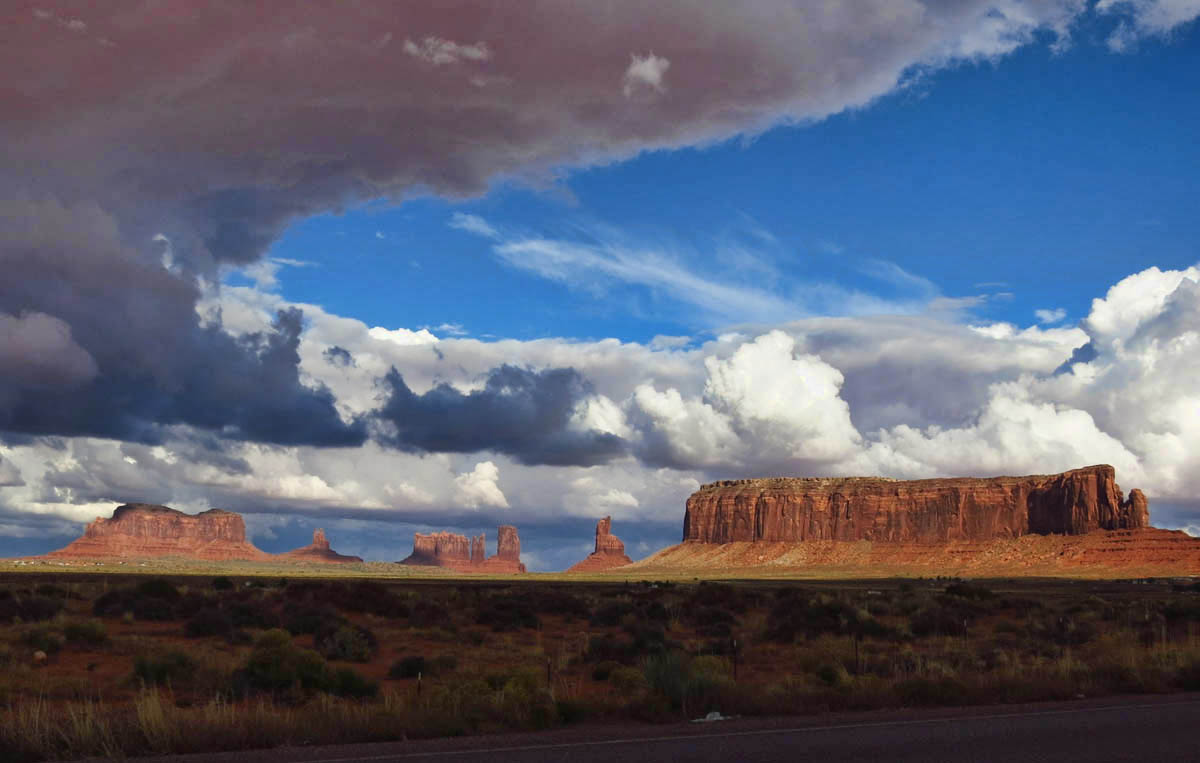
It was a mystery to me how the underside of the clouds always had a rosy glow. Are they reflecting back from all the red sandstone?
At what point did my paradigm of Native American culture shift? Being in a Native American community gives me the same hackles on the back of my neck as I feel when I venture a little too far north on the West side of Manhattan, past the boundary of Harlem. Like “You don’t belong here, whitey.” I am saddened at my own admission.
It’s tough to experience the Native American culture these days, particularly areas of the “Navajo Nation,” without feeling “gouged.” Here at the Navajo National Monument in the heart of Monument Valley, it costs $42 just to dry camp in a gravel lot with no hookups. Laundry is $3 per load, the highest I have seen it coast to coast. And it costs $20 for admission to the Visitor’s Center and 17 mile drive around the scenic road (2-day pass.) So visiting the Monument smarts in the wallet more than a bit.
But then I consider the historical perspective. The Native Americans once occupied 1.5 billion acres of land in this nation, now down to 56 million, succeeded by way of violent and forcible means through “Manifest Destiny,” a nice way to say “genocide.” So are they entitled to “gouge” a bit more than other tourist attractions?

One thing that has struck me repeatedly in my travels across the west. The Native Americans somehow ended up with the least desirable or hospitable terrain. Their reservations are typically made up of rocky, dry soil not fit for farming. Barren lands incapable of supporting grazing. So once they hit on a “goldmine” that has served as a backdrop for over thirty movies staring everyone from John Wayne to Thelma and Louise, can I blame them for capitalizing on it?
Within the Navajo Nation, 40% live below the poverty level. Sixty percent of the homes do not have telephones, while 30 percent don’t even have complete plumbing facilities. I experienced much of the same atmosphere in and around Monument Valley as I did in Supai. Lots of litter around (mostly Budweiser cans) stray, uncollared dogs roaming about. Homeless people asking for handouts. And the scenic drive is an abomination of a road! Someone on Trip Advisor even went so far as to suggest that the road is left in near impassable condition intentionally so more people will opt for their $70 tours.
It’s disturbing to associate my current stereotype with an ancient culture who believed the land was so sacred, the concept of “owning” it didn’t even exist. It contained the blood and dust of their ancestors, therefore the land does not belong to man, but rather the other way around.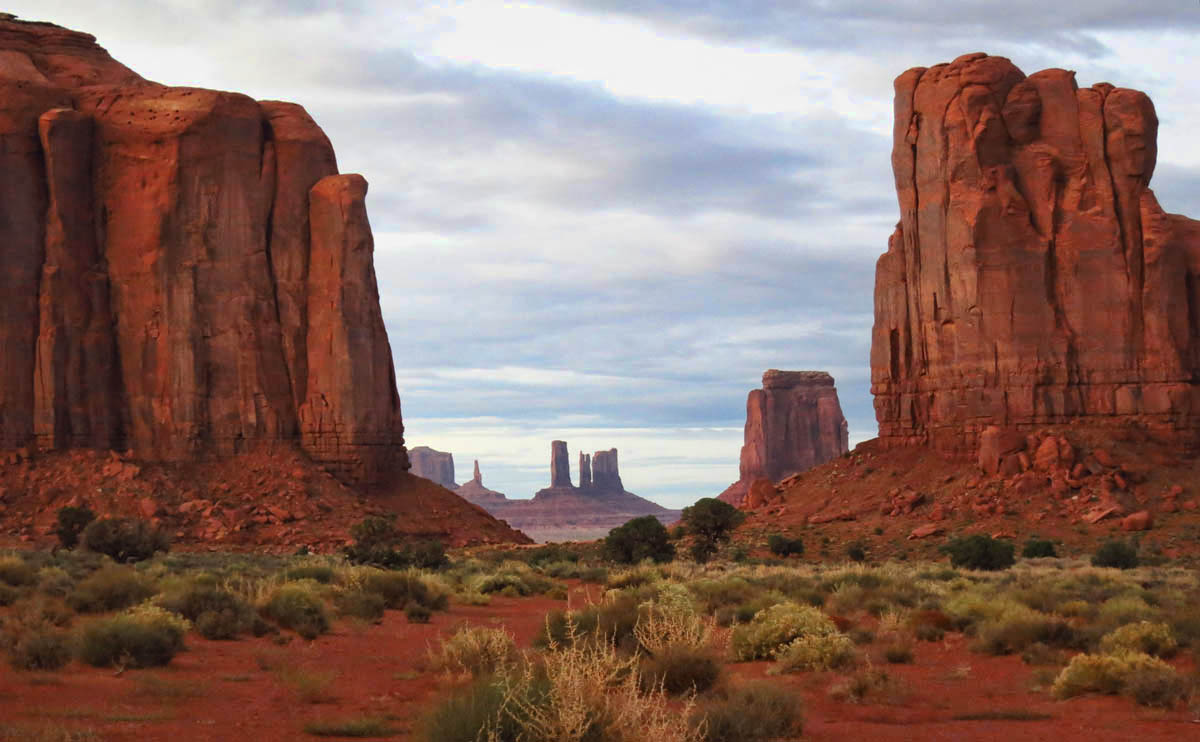
I prefer to stick to my old stereotype of turquoise, teepees and feathers. At least in my mind, they were good stewards of our planet.
“Only when the last tree has died and the last river been poisoned and the last fish been caught will we realize we cannot eat money.” ~Cree Indian Proverb.


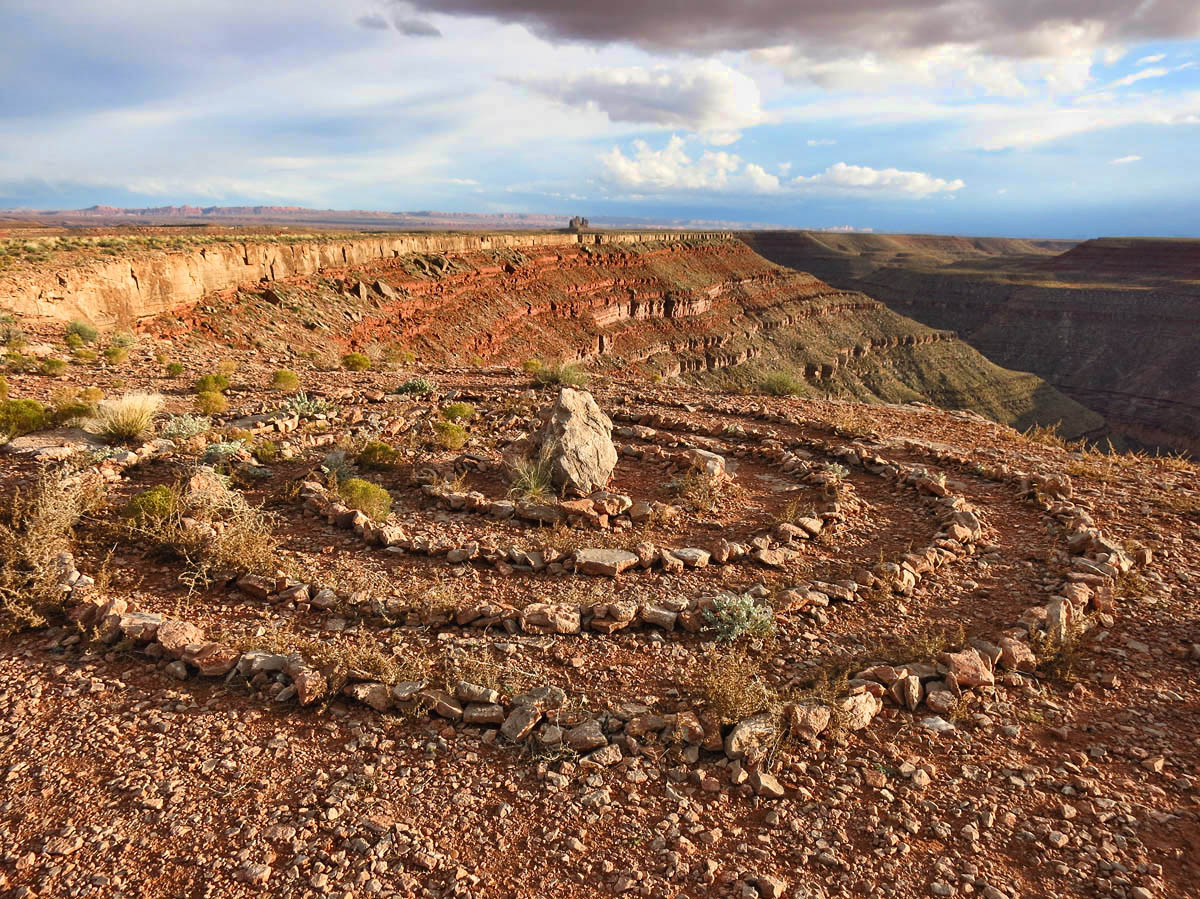



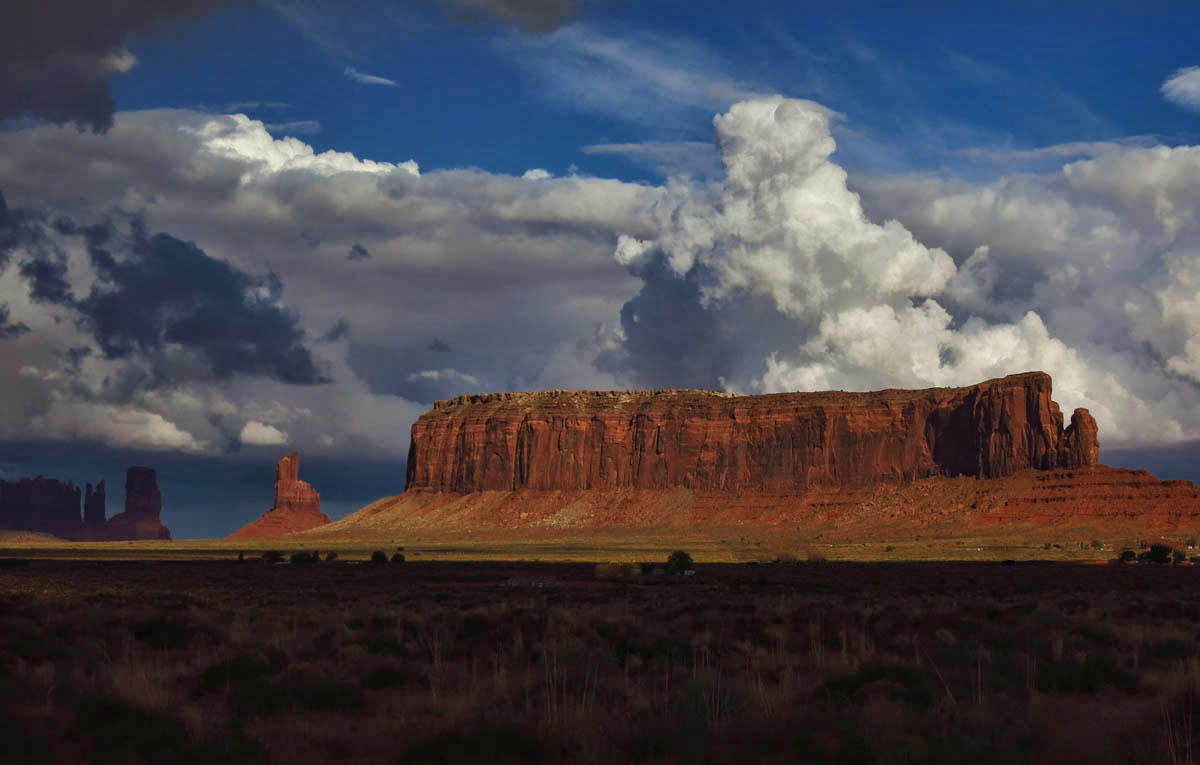


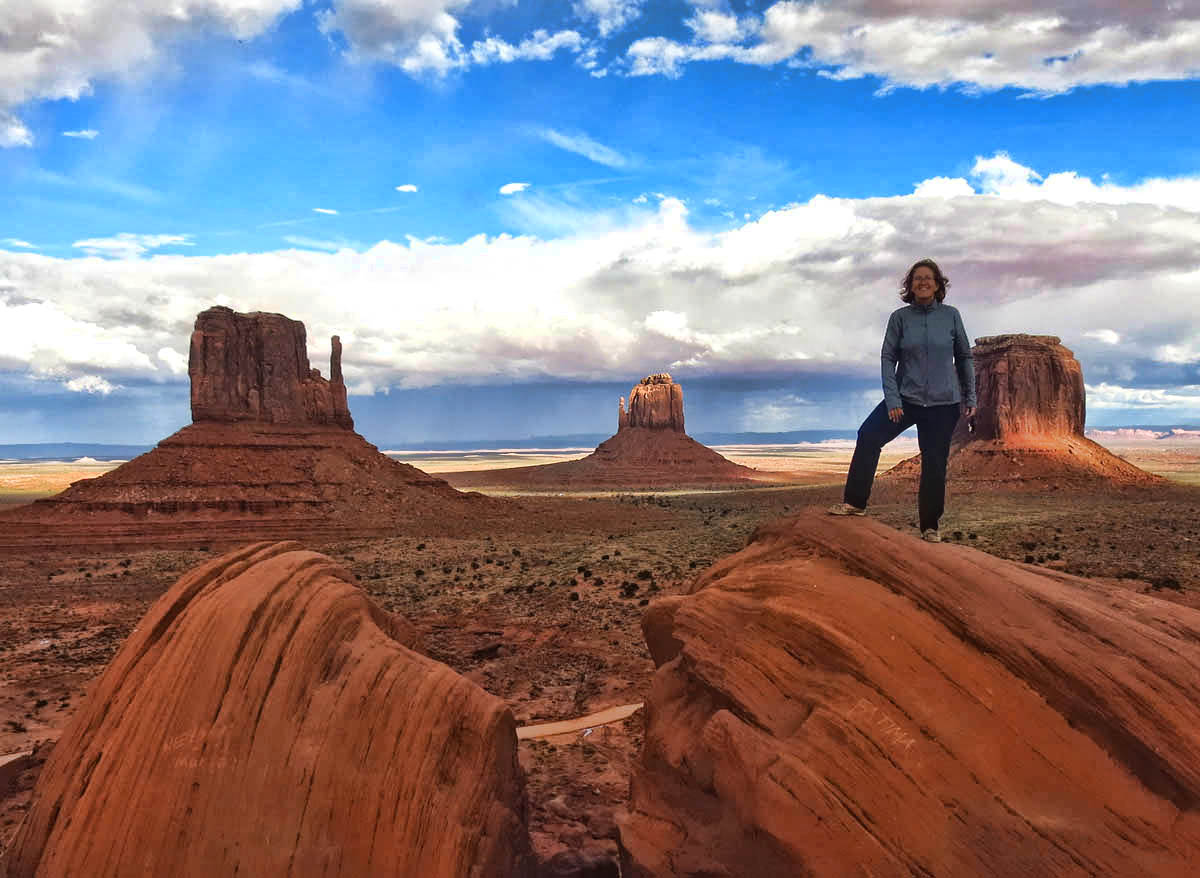

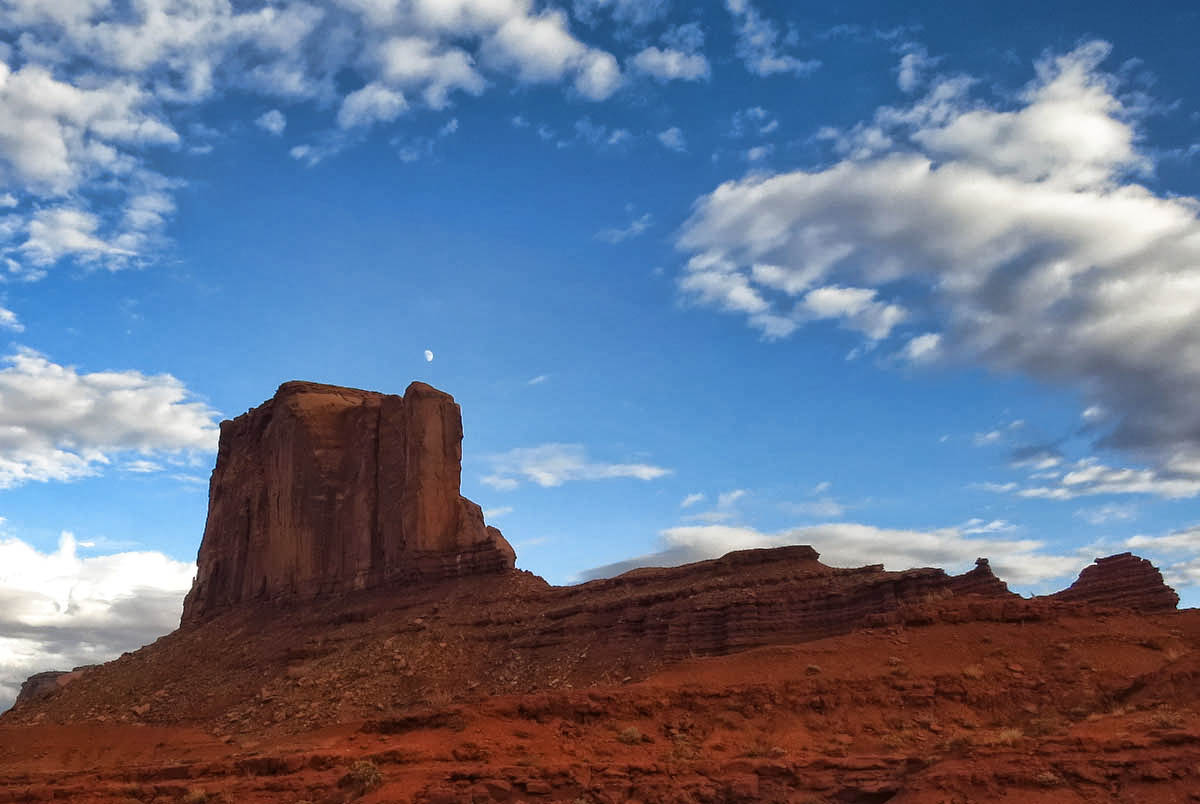

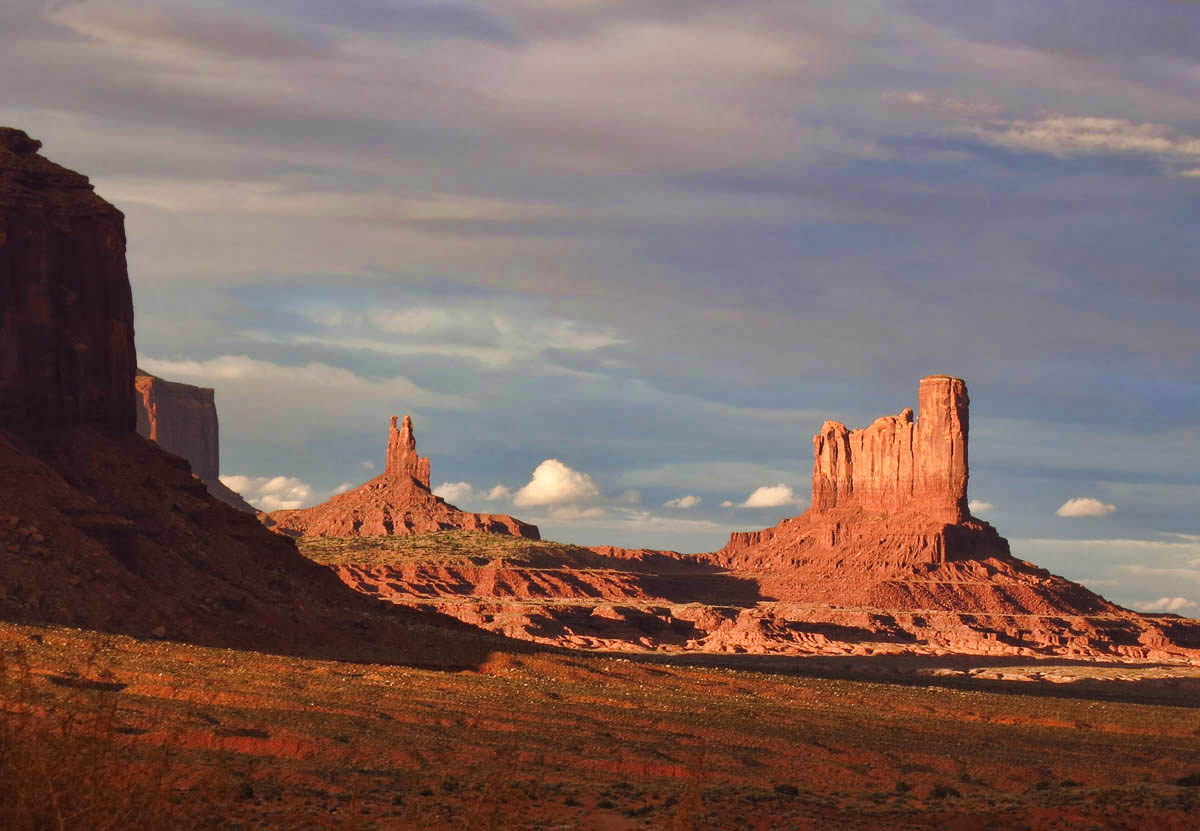






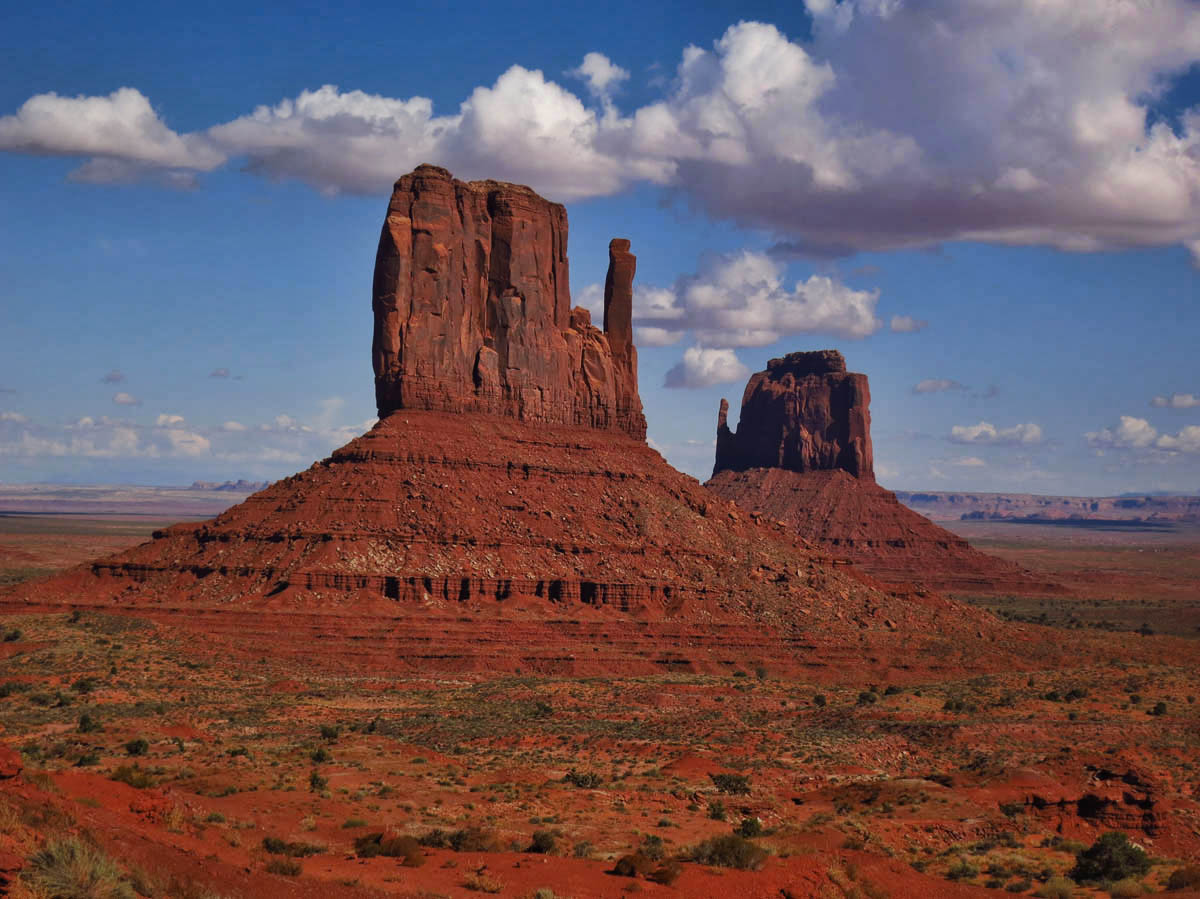

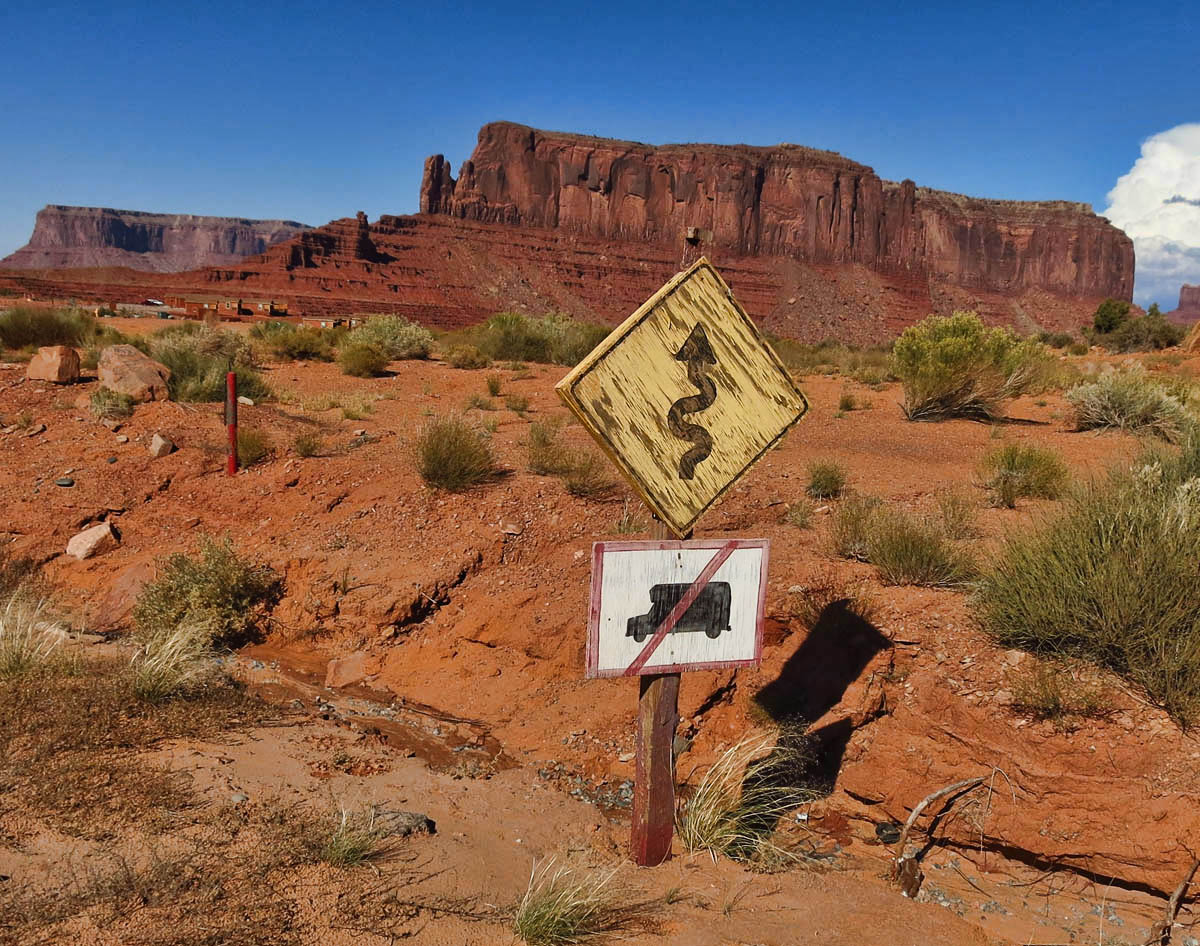



Stunning place and well known throughout the world. Dont you wish you still had the Chevy to cruise these roads.
Well said. Gorgeous photos, especially like the reflection of the rock structure in water.
A Sunday Brunch full of “food for thought”. A stunning blend of photos and real life narrative.
Your words echo my thoughts as well. Beautiful images of an area with a disturbing reality.
Is that camera in the last picture a large format view camera?
Virtual hugs,
Judie
Very lovely photos as always.
I try not to think too much about the native american issue as I can do nothing about it. What I have seen in most reservations are the stray dogs and litter which leave me wondering what percentage still consider the land sacred.
Regardless of how we feel, history is one endless succession of victors taking the spoils and that was the result in this country as well. It still happens as does slavery, genocide and a seemingly limitless supply of evils. I suspect that it is not likely to change going forward.
Jim
Nice post and great pictures. The Navajo Reservation is the original homeland of the Dine. It’s smaller than it was before the European’s arrived but what they have today is the core of their homeland. It’s not that way with other tribes and nations (e.g, the Utes). I’ve been to Monument Valley a couple of times (it’s one of my favorite places) and talked with some Navajos there. They consider it sacred ground and people still live in the Valley. I believe what they do at Monument Valley Tribal Park and other places is to try and strike a balance between tourist access desires and preserving it as their sacred place. Many of the Navajo live differently than we do. Many prefer living dispersed, in remote sections, and practice their traditional lifestyle vs living clustered in towns and cities. And the half dozen or so Navajo’s that I’ve met and chatted with are exceptionally nice soft spoken people. But, I agree with you that many things aren’t working right on the res. Poverty, health issues, young people leaving the res, and crime are big problems. But you get just outside the res in southern UT with the same terrain / climate and things are so different. But, on a different note, you had some great light and weather for your pictures. I feel that sunset is the best light at Monument Valley.
Although absolutely gorgeous I’m now glad we only had time to drive through and not pay the exorbitant fees. Can’t blame those Indians for trying to make a buck but not at my expense.
I can’t ponder that Gordian knot any more, either.
I do know I have never been so uncomfortable overnighting anywhere as I was in Shiprock, NM, where we got hit up for money six times, once after 10PM with a knock on the door, and once at 7AM.
The photos are amazing, as always. I’ve seen that rosy underside phenom in Sedona, so you may have hit on the reason.
As always we enjoyed your pictures and thought processes. In this case we could also share some of the experience as in 03 we toured north west Arizona and one of our targets was Monument Valley. Never did find the valley but oh those monuments. We arrived there mid day after touring the Navajo site to the south and east. As we came over the hill to the site full of expectations we were disappointed as there had been a sand storm some where to the west and there were no long views, just the short views. Disappointed we paid to do the self tour as we had rented a Jeep for the trip and spent several hours wandering among the beautiful rocks. We then drove back to Kayenta after a nice lunch at Gouldings. We checked into the motel and cancelled our second nights reservation. Later in the late afternoon we decided to drive out for one last look. Great decision as the long views had returned and the valley met all of our expectations and a few more as well. In writing this I google mapped the valley and was amazed at the changes wrought in the past 12 years. It is on our bucket list of places to re-visit. Thanks for the pictures and words.
Beautiful photos! J. Dawg , are you saying maybe they charge so much to keep the numbers down that come in to visit? That would kind of make sense to me. They most likely don’t want hoards of people tromping thru but do want to allow some access.
I feel that the Navajos respect that their pople still live in these places and don’t want these places to be like Nat. Parks. Monument Valley with a paved scenic drive with scads of buses and rental RV cramming turnouts would be a mess IMHO. And on the fee – Disney World is $100 st day, a MLB ticket costs about the same, and $20 – $25 is what most of the big National Parks charge for admission.. I don’t agree with the folks who accuse the Navajos of gouging.
This latest blog post was a dichotomy of emotions for me. Such exquisite photographs, such true but heart draining commentary. A microscopic reflection of the decline of American society…of brutal history, governmental dependence, cultural apathy, greed. That you can succinctly encompass both the beauty and the beast in one offering is why I keep coming back for more. Thank you for your view…literally and figuratively…Rhonda
My husband is part Osage and Kaw. We go to the reservation, in Oklahoma, to visit time to time. I love visiting them but it’s sad to see all the casino’s popping up. If they aren’t drinking most of them can be found in the casinos losing money. And the Osage offer houses to their people, as long as they don’t have felonies. Which is nice, however, one of my husbands Aunts is getting up there in years and has MS. I asked if there was a place for her to live, there isn’t. I find that extremely sad! I think instead of these homes, they could scale back and take care of their aging population. Especially the ones, like her, who have an illness.
Love the photos and I agree, the Navajo have been pushed around enough and deserve to charge money, even though it’s higher. That poor tribe has been shuffled around multiple times and our government has found a mineral they want on one of their ancient lands. They are trying to displace the tribe again.